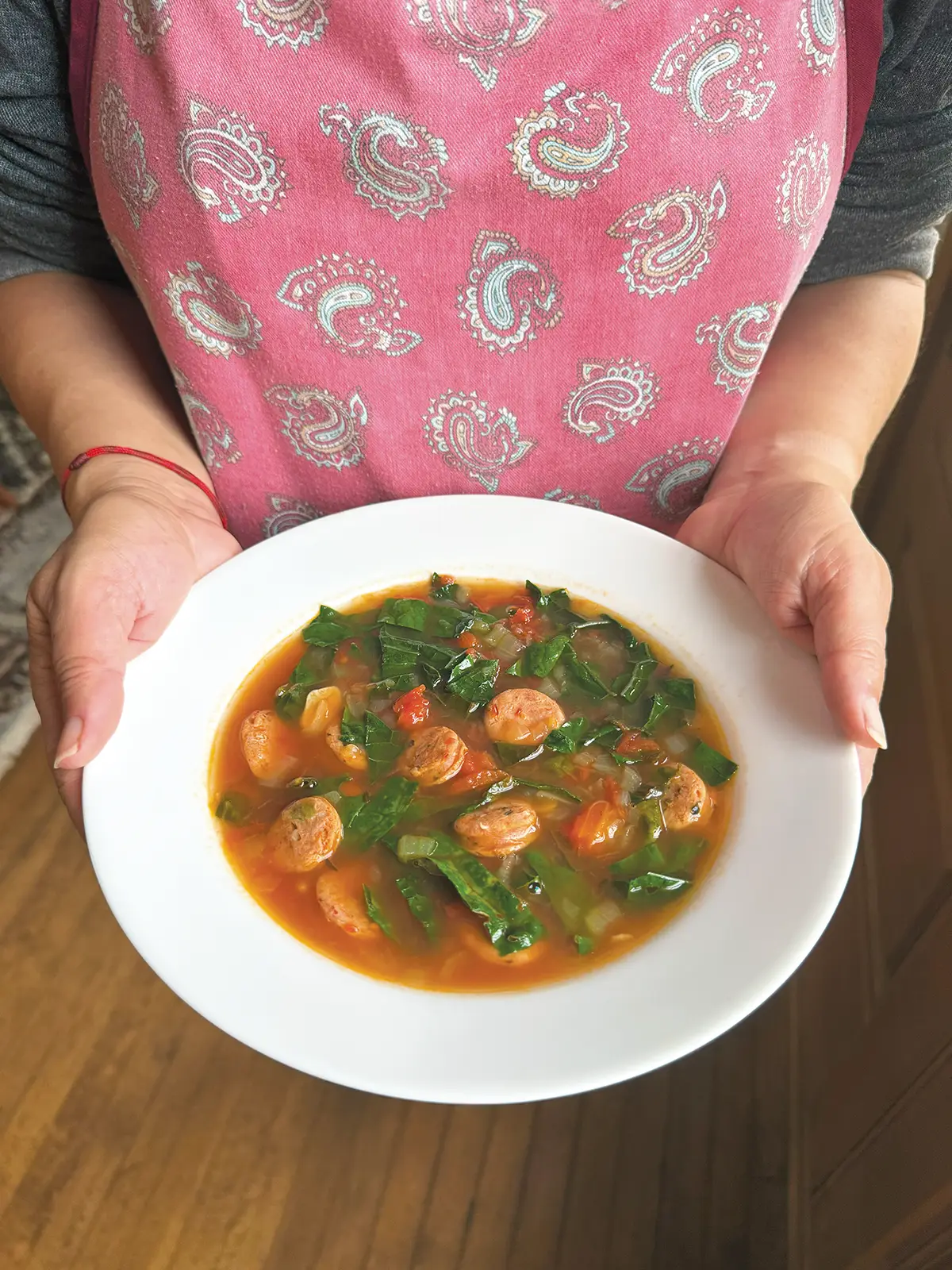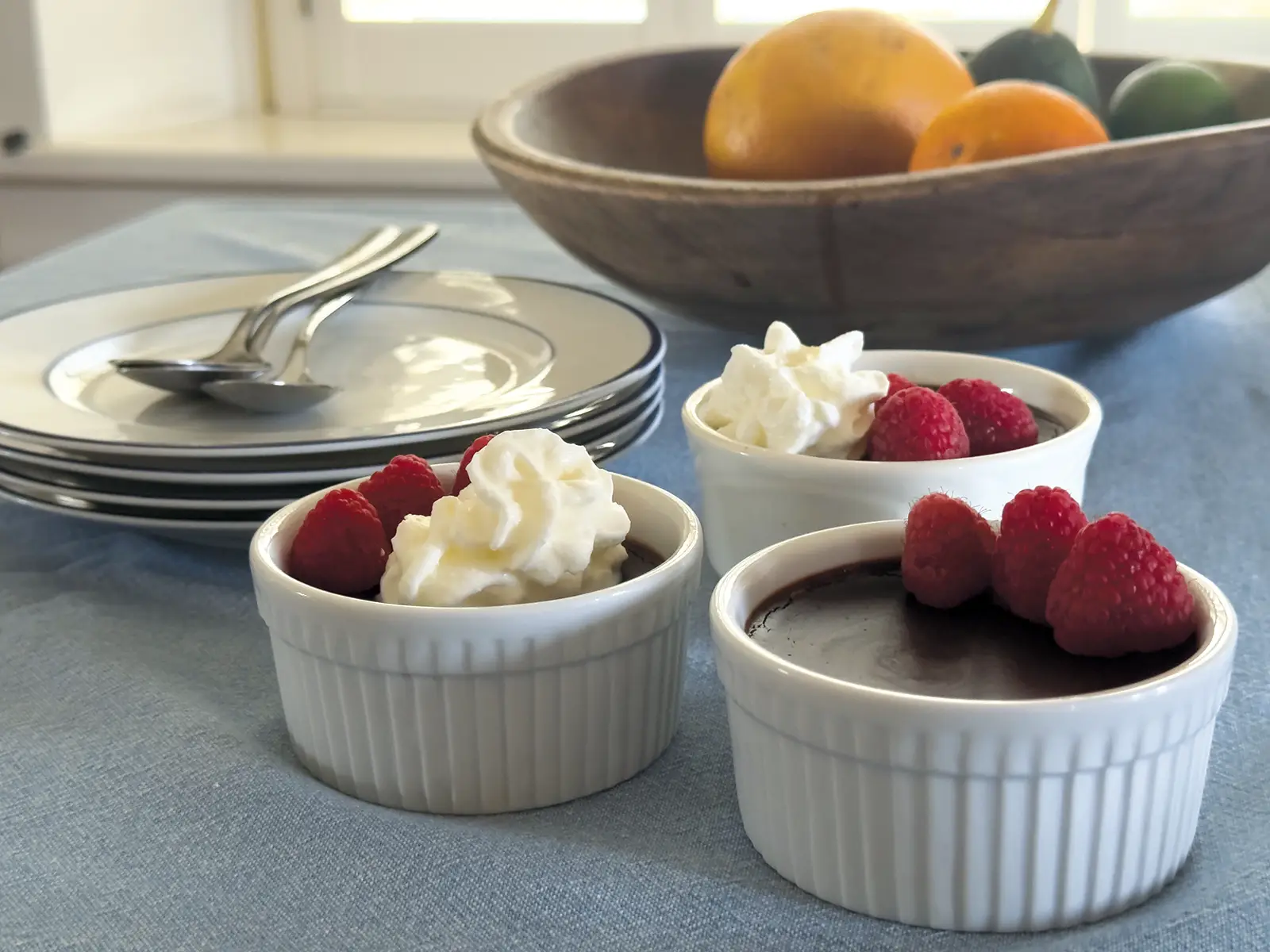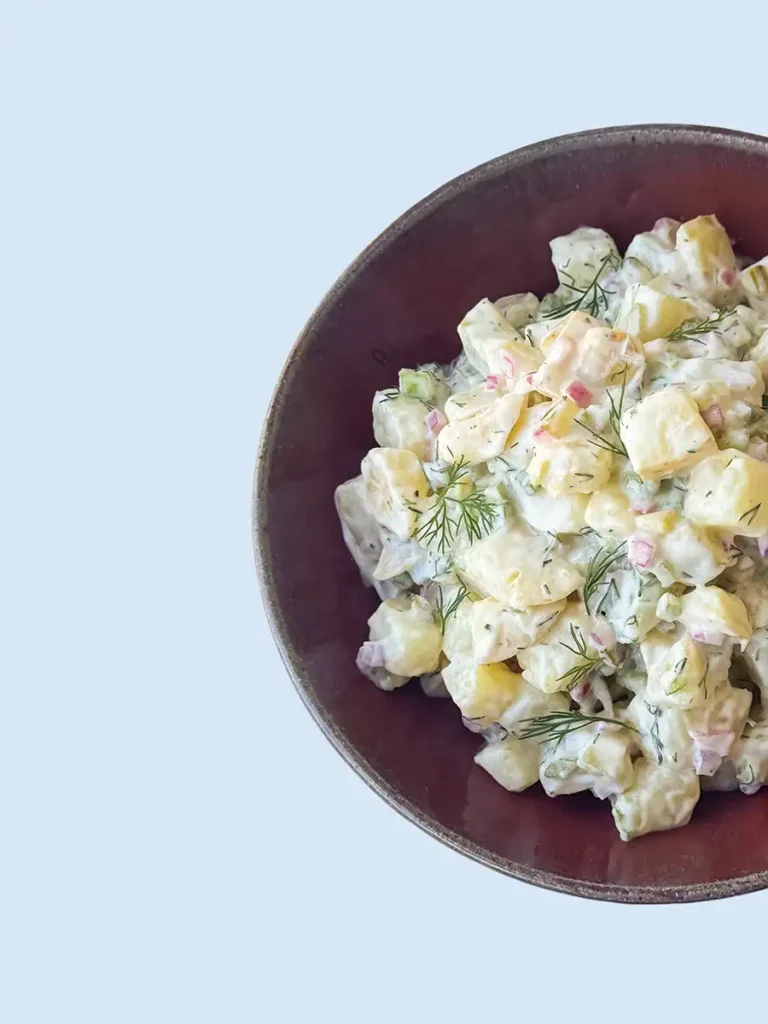Farewell to Huskalow: A Love Letter
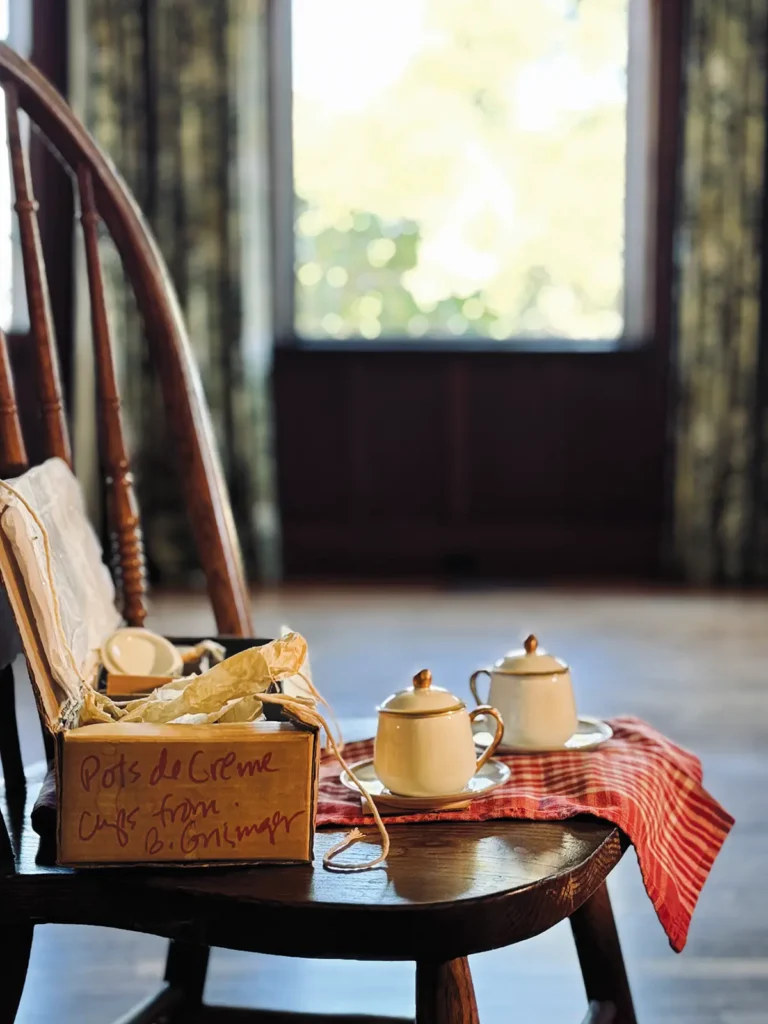
In the fall of 2024, I found myself saying goodbye to Huskalow, the house and garden in Santa Barbara I have lived in and loved for 20 years. It’s a big old house, 105 years old, and on a large property—over two acres. It has an ocean view and an abundance of trees, including native oaks and 40 fruit trees, many of which we planted. Maybe we got a little carried away. But it’s that kind of place: It fuels the imagination and invites creativity.
I’d always dreamed of living in an older house—like the ones in the novels I read as a kid, most of which were set on the East Coast. These homes were nothing like the house I grew up in—a small San Fernando Valley tract home built in the early 1950s. I like to think I dreamed of Huskalow long before I met her: a beautiful older home with a large garden in need of tending.
My husband, Jim, and I bought Huskalow a few years after we were married because we needed a larger place for our family. Both of us love to cook and garden, and we were eager for a bigger property where the family could stretch out. This was a remarriage for both of us, with two children each; the three youngest were all in their teens when we moved in. We were told the name Huskalow means Sunset Hill in the Algonquin language, and indeed the house is located at the top of a hill on the Riviera. It had good bones, this dream house, but needed a lot of help after 87 years—things like electrical and plumbing and a new roof. And we added a swimming pool and a koi pond.
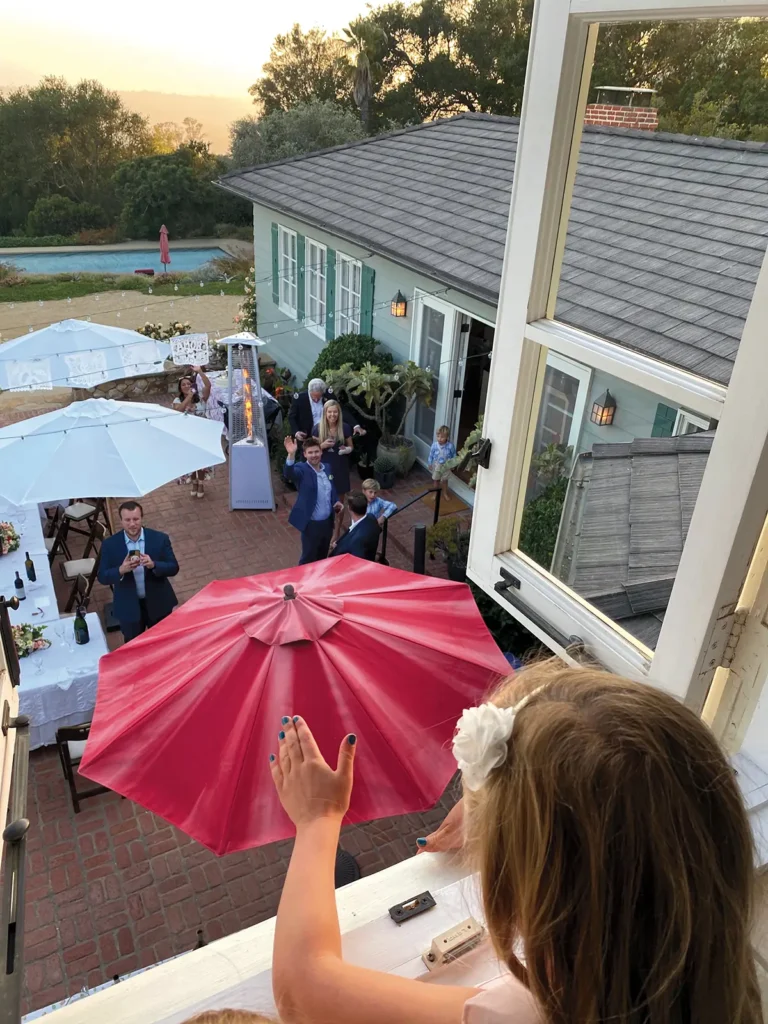
We learned that the house, besides being old, was also historic, having been designed in 1919 by the well-known Pasadena architect Reginald Davis Johnson. Soon we discovered that the landscape architect Lockwood de Forest Jr. had designed the gardens in 1924, and that the property originally had included 10 acres. Some of the existing fruit trees on the property were quite old, including a gnarled three-trunked pomegranate from the original 1924 plans—still giving tasty fruit almost every year. An odd-looking lemon tree has the ugliest fruit—small and almost brown-skinned, but incredibly juicy and sweet. A large sapote tree gives creamy green fruit about every three years. A swath of strawberry and lemon guava trees, tall with beautiful smooth limbs, line an old path on the property, producing lots of fruit each fall. It was not a surprise to discover that two of the previous owners had been fruit ranchers.
The property has fed and nourished us. It’s been a place for friends and family to gather; a place for three family weddings; a place to experiment in the garden, with fruit trees, beekeeping, an asparagus bed, herbs and greens in boxes, fava bean cover crops and edible flowers. We’ve harvested and eaten many fat bunches of “Ice Cream” bananas. We’ve learned several techniques for making compost, raised chickens for their eggs and learned to prepare all kinds of jams and preserves from our peach, blood orange, Meyer lemon, nectarine and apple trees.
Several local gardeners and tree experts have educated us about the garden: Farmers Randy Wade and Sandy Lejeune, garden designer Pat Brodie and tree pruner Terri Clay, among others, have guided us. Over the years gardeners Sergio Franco, Marshall Chrostowski and Erik Campos have made our vision real. We’ve learned so much about roses, pruning, soil fertility and insect friends and foes.
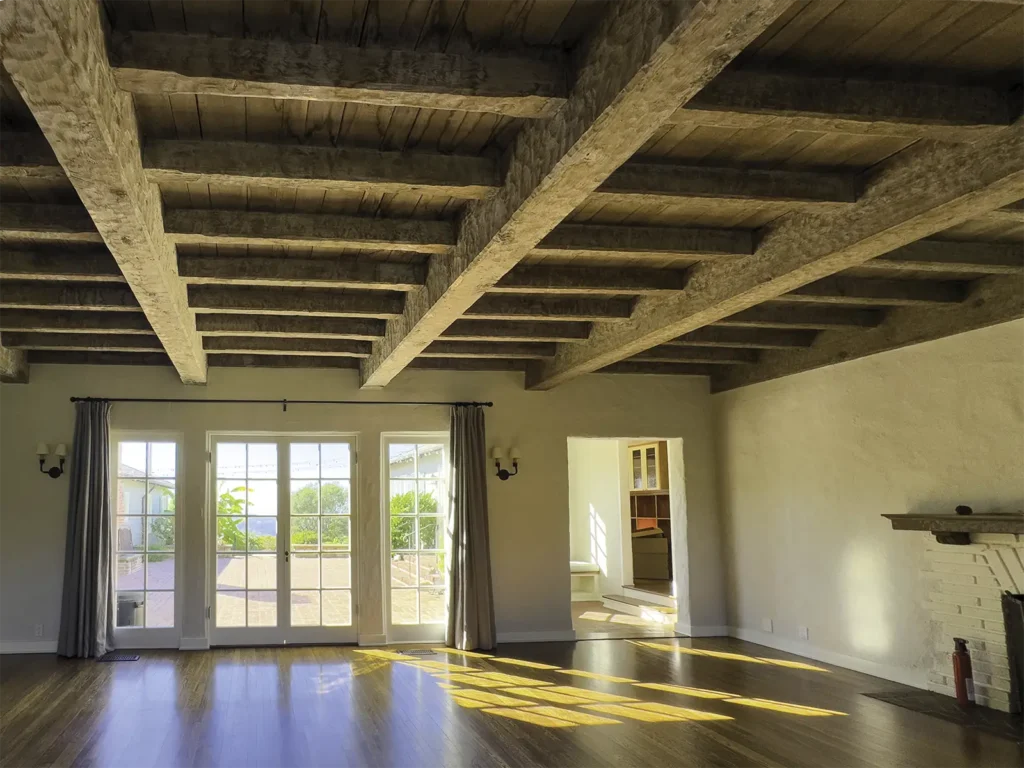
Most mornings I’ve walked the land, my trusty house cat at my side, picking fresh produce, tending to plants or just noticing what’s in bloom. Many local wild animals frequent the property, including bobcats, coyotes, skunks, foxes and various species of birds.
I had never seen a mountain lion until a few weeks ago, when we surprised each other in the very early morning. Actually, it was my house cat, Bob, who alerted me to the larger cat’s presence by staring fixedly in the near distance with an alarming expression. The lion, walking under the strawberry guava canopy, disappeared into the bushes like a dream, and Bob and I quickly retreated to the house! This reminds me that the land is for all of us animals, not just we humans.
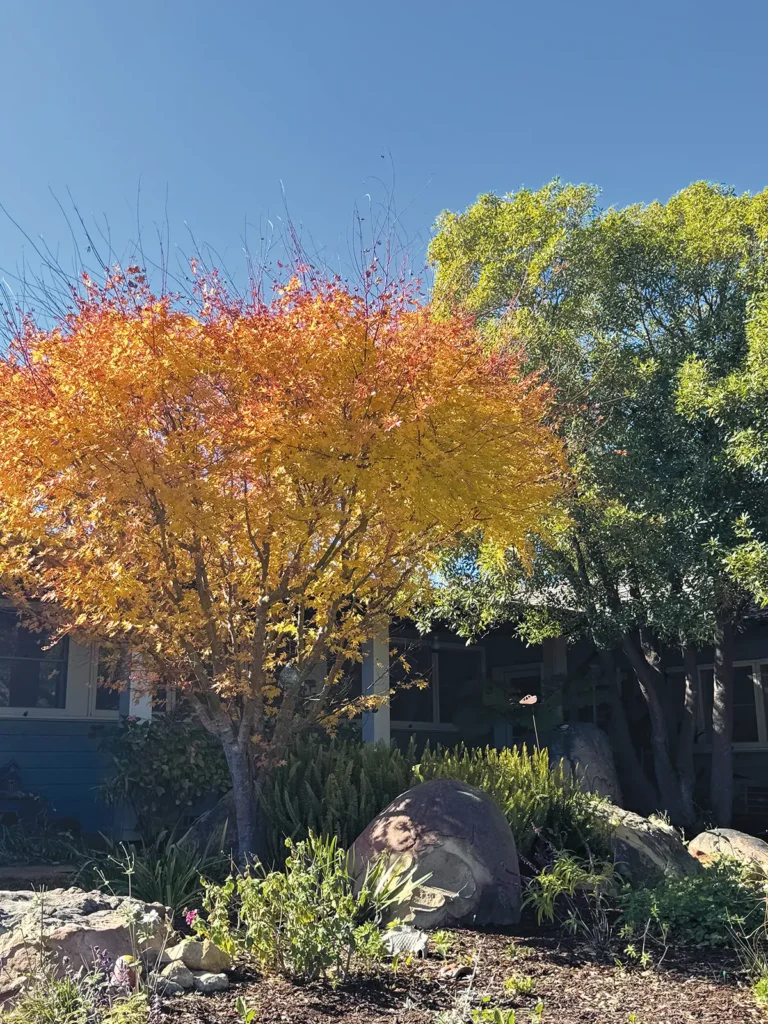
Huskalow has been an ideal home for entertaining. The kitchen and patio have an ocean view, which makes people feel expansive and happy. Ah, the meals we have made! Previous owners tell us they loved to cook and entertain here, like we do. Just for fun, I calculated the number of dinners we’ve cooked in 20 years—say, five or six nights a week— that’s 5,600 dinners! And even more breakfasts, because we don’t eat breakfast out very often. No wonder I’m an ace at scrambling eggs; no wonder I know so many recipes by heart. And yes, I’m also a cooking teacher and food writer, that’s my life’s work, but still, that’s a lot of practice.
I think of those five other families who lived in this house before we did, over the previous 87 years. Several former owners or family members have contacted us, because this house was memorable and important to them. Their cooking and gardening have imbued the house and land with their own food histories.
Third owners John and Stephana McClaran, residents from 1940–1955, kept horses for their kids to ride, had a huge rose garden and an even larger strawberry patch.
Fifth owner Barbara Grisinger sold the house to us in 2004. She was a caterer, of Polish heritage, and loved to make piroshkies every Christmas. She handed down her recipe to me. She also gifted us a delicate porcelain pots de creme set, white with gold rims and lids, for baking the French custard in a water bath.
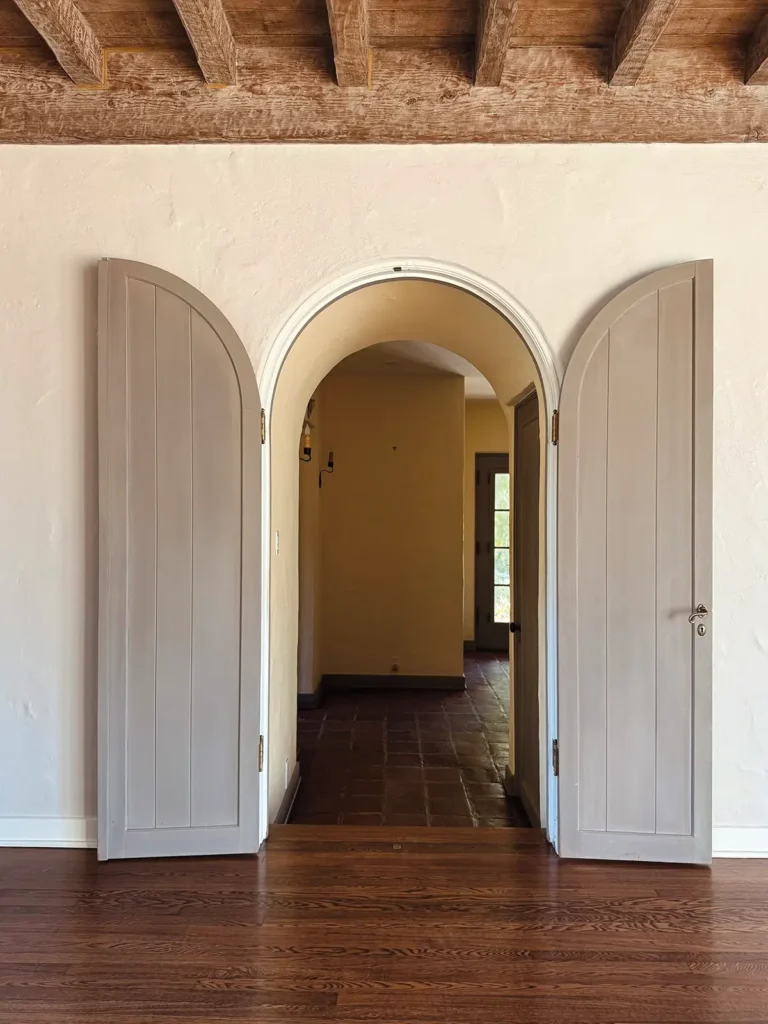
They were passed down to her from the fourth owner of the house—a woman named Mildred Barnhill. I’ve used the pots de creme set a few times, they’re so pretty. Following the tradition, I will leave it for the next residents of Huskalow—another large family—along with my chocolate pots de creme recipe. Something so lovely should stay with the house.
We’ve made umpteen pots of soup in this kitchen. Recently I revised a soup cookbook I wrote many years ago, and had the pleasure of testing 60 old and new recipes for vegetarian soups for an entire year. The large kitchen helped make the job easy.
One of our favorite soups is not vegetarian. It’s a kale and sausage soup made with tomatoes, ginger and lots of garlic. We like to make a big batch, freeze some for later and basically eat the soup all week. It’s great in the winter when kale is abundant in the garden, plus winter is the best time to grow kale—it’s extra tender in cool weather.
This soup is hearty, but not heavy, as there is nothing starchy in the soup, just spicy goodness. We make it with Jim’s homemade turkey or chicken stock (See Jim’s recipe in “You Say Bone Broth I Say Stock,” issue 27). Every couple of months he makes a batch of stock, simmering it for 24 hours. We almost always have stock on hand in the freezer. We like to make some kind of soup year-round.
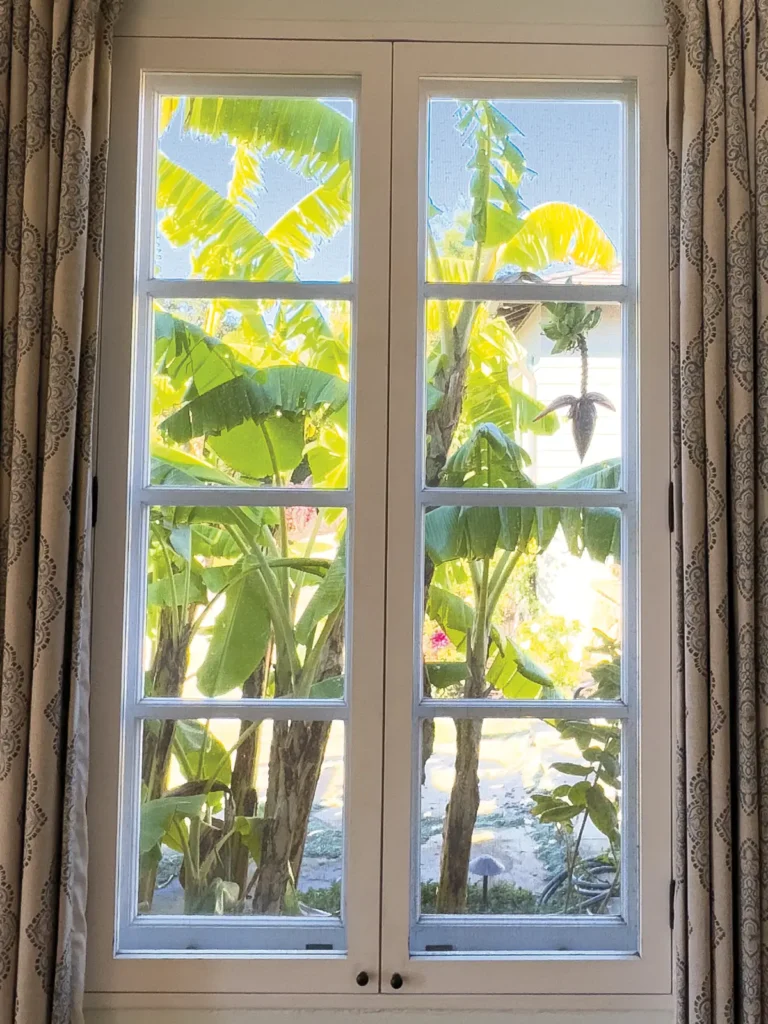
Another thing I learned to make here is hoshigaki, the Japanese-style dried whole persimmons. I learned about the process from local food writer Laurence Hauben. We’ve never grown them, but several friends have gifted them to us in abundance. Whole Hachiya persimmons are peeled when ripe but still firm, and hung from their stems on long strings. Every year in October and November, the fruit dries in the dining room, looking like dangling orange lanterns. But this year, because our move happened in November, I skipped making hoshigaki for the first time in years. It’s sad, but the reality of moving is real. Much as we have loved it here, we decided it was time for a smaller place. And though of course we’ll miss living here, we are excited for the change that moving will bring.
Our large and generous house helped us to provide for our family and friends, while the land has provided so much. Besides the abundant food from the garden, there is beauty in the myriad plants and views of mountains, sandstone, the islands, sea and sky. Kind neighbors surround us, and the hilly streets have been great for daily walks with our dog, Milo.
It has made for a rich stew, this house called Huskalow. I won’t ever forget her and am grateful beyond measure for the many years we’ve had to enjoy her. A toast—to Huskalow! May she and her residents continue to thrive. To her next 105 years!
